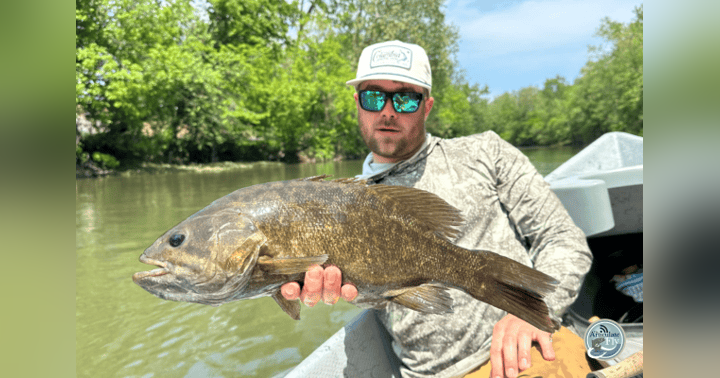HOW TO FLY FISH: MIDGES (PART I): LARVA AND EMERGERS

Like the caddis, the midge’s life cycle has three parts: larva, pupa and adult. While midges are small, their abundance makes them a staple in the trout’s diet - particularly in the colder months and on tailwaters. The midge’s small size intimidates many anglers, but it is important to remember that the “match the hatch” techniques we have already learned are equally applicable to midge fishing. From a tactics perspective, a few tweaks can greatly decrease the frustration of fishing smaller flies. For instance, you can pre-tie your midge rigs or use a fly threader like the ones in the C&F Design Fly Threader box. You simply preload your midge patterns onto the threader, and, when you insert your tippet into the threader and pull off a fly, the midge pops off with the tippet threaded. From there, use a simpler knot like the Davy Knot, and you are home free!
Like caddis larva, midge larva inhabit the stream bottom. Since takes are often subtle, you want to be sure not to over-suspend or over-weight your rig. Remember midge rigs are light compared to traditional nymphing rigs, and you don’t need a lot of buoyancy to float your flies. The last thing you want is for a trout to inhale and expel your fly and your indicator never moves. Using too much weight will create the same problem. A trout won’t pull your rig tight before it spits out your fly. To avoid this problem, I often fish midge larva as a dropper off of a small beadhead nymph like a Pheasant Tail.
When midge pupae swim to the surface to hatch, they are particularly vulnerable to trout. A midge hatch progresses up the water column, so you should fish your pupa imitation from a few inches above the stream bottom to the surface film. From the stream bottom, you can prospect by fishing your pupa imitation as a dropper above your point fly. Progressively increase the distance above your point fly until you dial in the feeding zone. From a pattern perspective, I am a big believer in using a pattern with a clear, silver-lined bead to imitate the gas bubble during emergence. See Tying & Fishing Tailwater Flies by Pat Dorsey, an excellent resource for both midge patterns and fishing techniques.
At The Articulate Fly, we love questions! Please post a comment or send us your question.
Follow us on Facebook, Instagram, LinkedIn, Twitter or YouTube.




